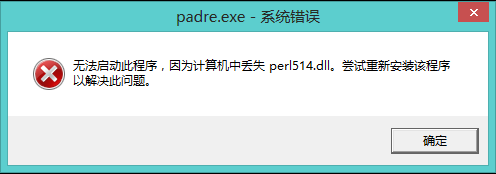我有这个带有嵌套闭包的例子,它演示了内存泄漏
use v5.10;
use strict;
package Awesome;
sub new {
bless {steps => [],surprise => undef},shift;
}
sub say {
print "awesome: ",$_[1],"\n";
}
sub prepare {
my ($self,@steps) = @_;
for my $s (@steps) {
push @{$self->{steps}},sub {
$self->say($s);
if ($s eq 'pony') {
$self->{surprise} = sub {
$s;
}
}
};
}
}
sub make {
my $self = shift;
while (my $step = shift @{$self->{steps}}) {
$step->();
}
if ($self->{surprise}) {
printf("And you have surprise: %s\n",$self->{surprise}->());
}
}
sub DESTROY {
warn "destroying";
}
package main;
my $a = Awesome->new;
$a->prepare('barbie','pony','flash');
$a->make();
我的perl输出是
awesome: barbie awesome: pony awesome: flash And you have surprise: pony destroying at /tmp/t.pl line 43 during global destruction.
而这个“在全局破坏期间”意味着物体不能以正常方式被破坏,因为它有一些循环引用.
但是,唯一的循环引用是由
push @{$self->{steps}},sub {
$self->say($s);
我们在第一次关闭时使用$self.然后在make()里面我们将删除这些步骤和循环引用.但看起来这个嵌套的封闭与“惊喜”会产生问题.例如,如果我们不将“pony”传递给prepare(),那么输出将如预期的那样好:
awesome: barbie awesome: flash destroying at /tmp/t.pl line 43.
那么,perl中的嵌套闭包是否捕获了与已经捕获的上层闭包相同的变量,即使我们没有使用它们?
解决方法
Perl过去常常在嵌套的闭包中过度捕获,但自5.18以来它不会这样做.
$tail -n 9 a.pl # Modified to make clearer when the object is destroyed.
package main;
{
my $a = Awesome->new;
$a->prepare('barbie','flash');
$a->make();
}
print "done.\n";
$5.16.3t/bin/perl a.pl awesome: barbie awesome: pony awesome: flash And you have surprise: pony done. destroying at a.pl line 43 during global destruction.
$5.18.2t/bin/perl a.pl awesome: barbie awesome: pony awesome: flash And you have surprise: pony destroying at a.pl line 43. done.



